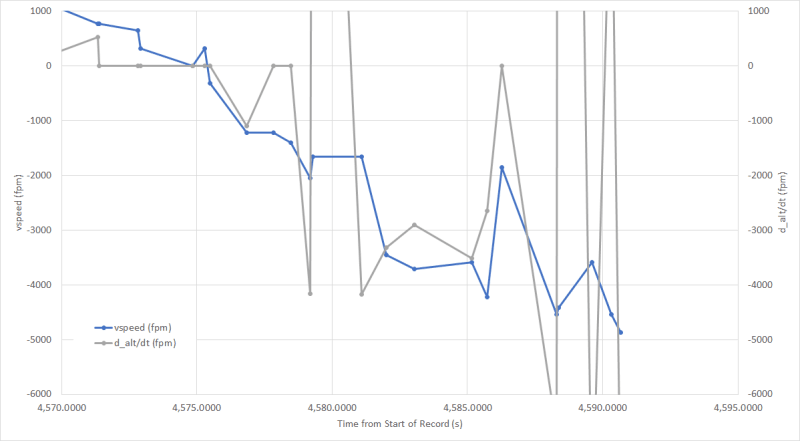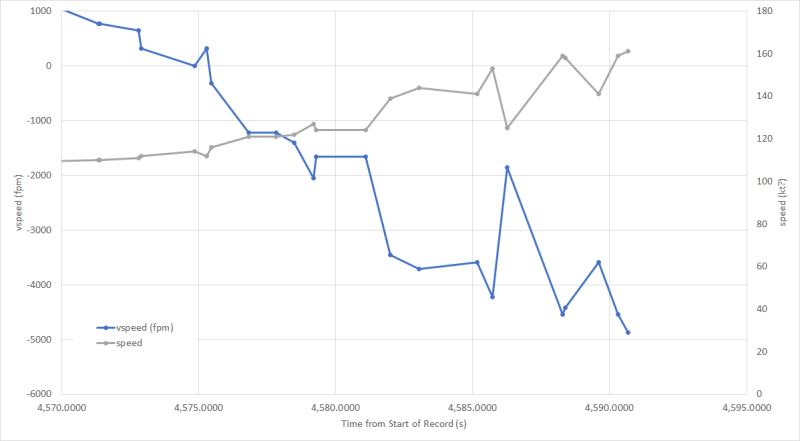MacGyverS2000
Electrical
Anyone heard any technical details on the cause yet?
Dan - Owner

Dan - Owner

Follow along with the video below to see how to install our site as a web app on your home screen.
Note: This feature may not be available in some browsers.



